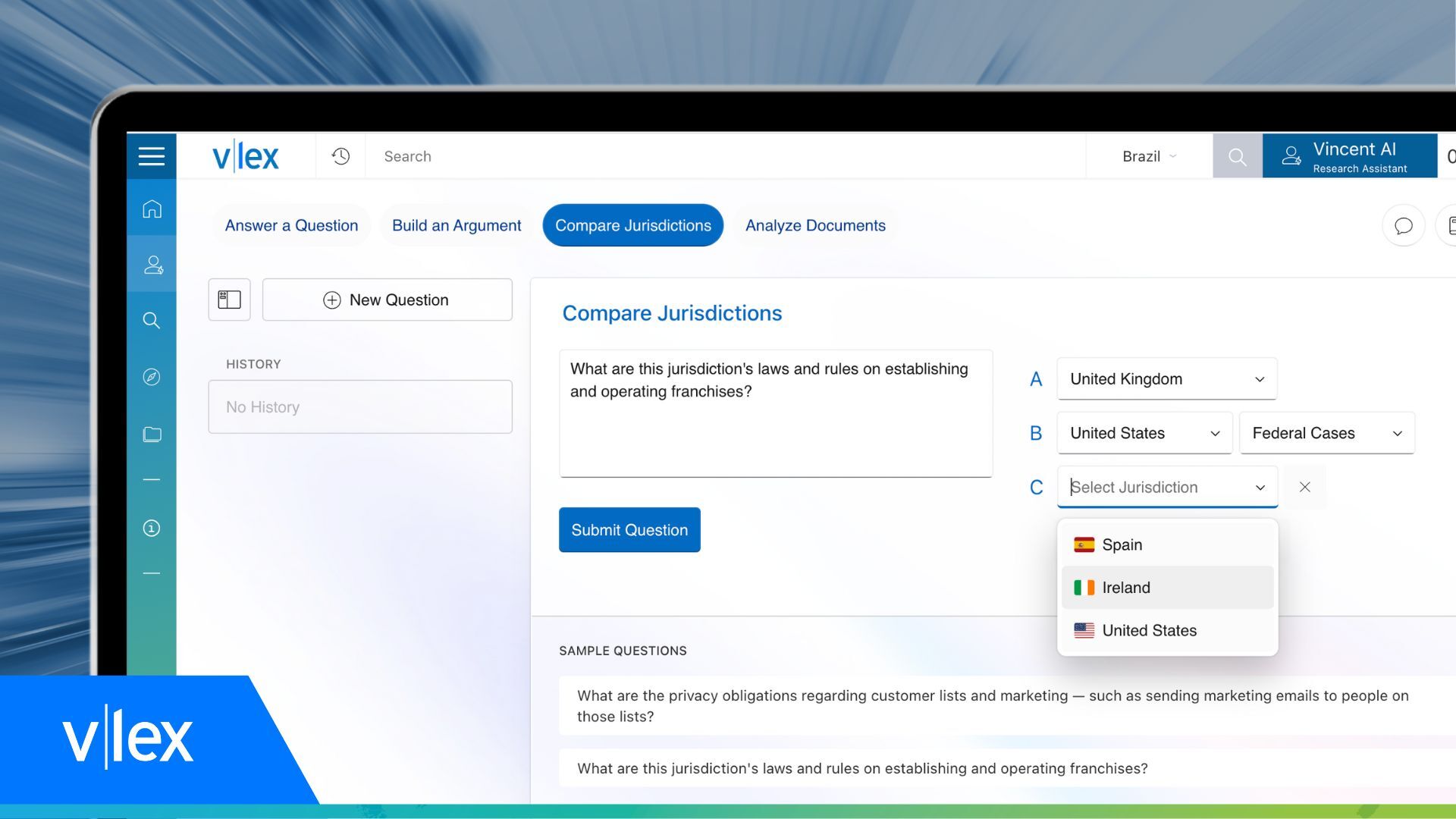Boom and Bust

Michele Lange
Photo by Paul Najlis
A funny thing happened on the way to amending the federal Rules of Civil Procedure in 2006: That watershed event triggered a surge of investment in e-discovery software and services, fueling a mini tech bubble. The number of players exploded from a few dozen in 2000 to about 600 these days.
“It was almost like a gold rush,” says John Bace, research vice president of Gartner Inc. in Stamford, Conn. “People saw e-discovery as a quick and easy way to make money.”
With data and lawsuits proliferating, there still is plenty of money to be made in electronic data discovery. Look no further than the exhibit hall at ABA Techshow 2009, where e-discovery vendors were prominent.
Commercial spending in this young niche is expected to increase this year by 20 percent to $4.05 billion, according to consultant George J. Socha Jr., who co-founded the Electronic Discovery Reference Model, an industry consortium that sets guidelines and standards.
But growth has slowed sharply from annual rates of more than 40 percent just a few years ago, according to Socha’s surveys. And it’s getting much harder to compete profitably in an industry that is coming of age during the worst economic downturn in decades. For one thing, clients no longer are willing to write open-ended checks for services that easily can exceed $1.75 million for an average case.
“Growth has started to moderate and margins have started to decrease,” says Nick Baughan of investment banking firm Marks Baughan & Co. in Cornshohocken, Pa., which advised such deals as Applied Discovery’s sale to LexisNexis.
“There is real technology disruption,” he adds. Big tech companies continue developing tools to classify and store data in formats that permit more efficient archival and retrieval for litigation and regulatory review. “They can do it at a push of the button,” Baughan says.
SHRINKING FIELD
Gartner estimates that by the end of this year, one in four software vendors will be acquired, merge or exit the e-discovery business. Socha, founder of St. Paul, Minn.-based Socha Consulting, sees even more shrinkage over time; he estimates consolidation will reduce the number of service and software providers by about two-thirds to as few as 200. There will always be room for smaller service players, he says, but “the market truly cannot support this many vendors in the long haul.”
Players such as Autonomy, Iron Mountain and Symantec, to name only a few, have acquired smaller companies to build one-stop shops for e-discovery, from identifying data all the way through to processing, review and presentation. Meanwhile, others are exiting the business.
Earlier this year, SPI Global Solutions substantially cut its e-discovery operation in Austin, Texas. In February, e-discovery pioneer Onsite3 simultaneously announced Chapter 11 bankruptcy and plans to be acquired by Integreon, a legal processing outsourcer based in Arlington, Va.
Churn is constant. Competitors who bought software and systems several years ago now are stuck with higher legacy costs than new entrants at a time when profit margins are shrinking. And firms with good business, unable to borrow to cover temporary shortfalls, fall victim to the banking crisis.
“Many of the people in this space have for years talked about how it is somewhat recession-proof,” says Jason Derting, chief executive officer of Discover-e Legal, a 10-year-old company in Portland, Ore., with about 100 employees.
“I think this is the first test we’ve seen in a maturing space,” Derting says. “We’re certainly not immune to the challenges in the economy.”
His company continues to grow; Derting hired three sales vice presidents this year. Thanks to layoffs elsewhere, he has been pleased with the talent he found. “There are more qualified e-discovery sales executives available than I’ve seen,” he says.
At D4 in Rochester, N.Y., the economy’s nosedive played a role in the unraveling of the company’s May to December romance with litigation support services provider Ivize, which acquired D4 in June 2008. When D4’s owners bought their company back six months later, they assumed some of Ivize’s employees and expanded D4’s services. Now D4 is scouting for acquisitions.
“Our goal still is to have that national footprint,” says vice president Peter R. Coons. “We’re looking at opportunities that will help us move into different markets.”
TechLaw Solutions, a 25-year-old firm based in Chantilly, Va., also is expanding. “We’ve added staff at high levels for consulting and forensics and data collection” while investing in hardware and software, says president Mel Goldenberg.
Still, revenues are flat this year. “I think we’re lucky they’re flat given what I see going on in the marketplace,” he says.
POWER IN-HOUSE
Meanwhile, companies that once left e-discovery decisions to outside counsel and vendors are exerting far more control. Large corporations are bringing more work in-house, where general counsel team up with IT departments to cut costs and head off problems.
“We’re seeing them get involved, understanding the technology, making decisions about service providers, how data will be handled, what filtering will be used,” says Michele C.S. Lange of Eden Prairie, Minn., a director in Kroll Ontrack Inc.’s legal technologies division, which has 800 employees worldwide.
Greg Swinehart, partner and national leader of forensic and dispute services at Deloitte Financial Advisory Services in New York City, says companies are paring their vendor lists. “There are a lot of providers, a lot of steps in the process, a lot of technologies,” he says. “This is complex and painful to manage. I’m seeing a trend to look for fewer professional service firms that can handle multiple aspects.”
So where is it all headed? Continued growth, fewer players and lower costs for clients. Says Swinehart: “I foresee a tremendous future of innovation and consolidation.”



